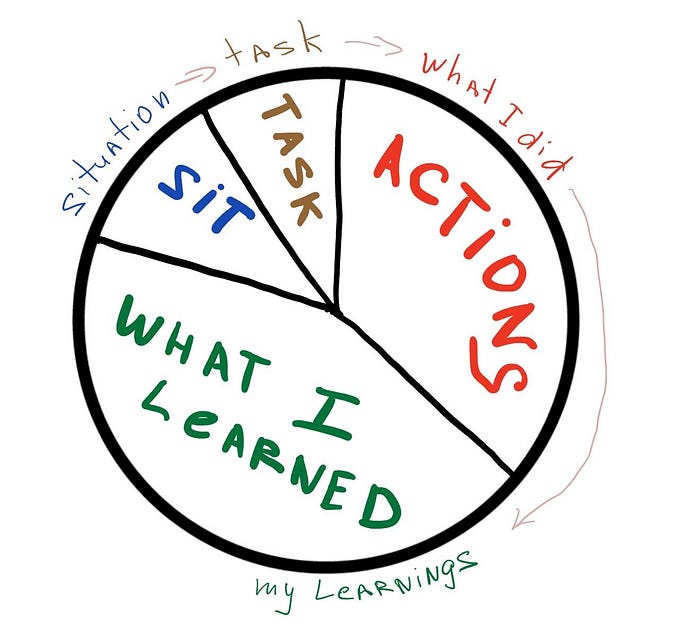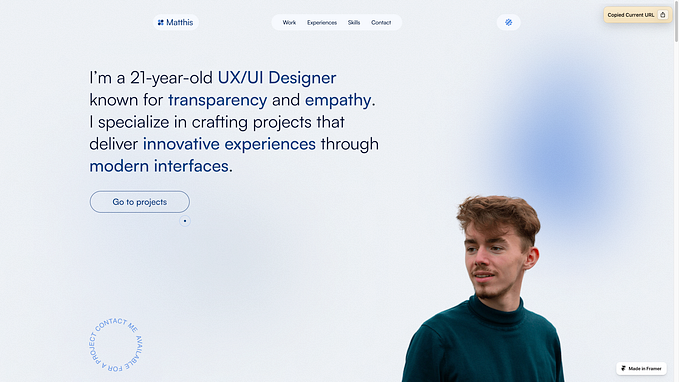Design automation: an interview with Matt Cooper-Wright, from IDEO
The design process goes as far as it can with the resources that we have on hand. Automating the right parts of our workflow can bring our work to the next level.

Following up our report on the State of UX in 2017, we are interviewing designers who are big thinkers for each one of these important themes for the design community in 2017. Let's keep the conversation going!
Design automation might sound too broad or futuristic, but it can be used by any design team as recent cases have been showing. Matt Cooper-Wright and his team at IDEO started experimenting with bots last year to give a new reach to their research and he shared with us some learnings from it.


Design must be automated
Recruiting participants, following up with them and collecting feedback can be daunting — not to mention it is not a sexy thing to sell to the big bosses. Besides very specific cases, we predominately still use the same tools and process that we used 10 years ago.
It’s time to automate that.
A few teams are ahead on this game: IDEO brought bots to their design team to help them with research and data collection. Amber Cartwright co-designs with machines at Airbnb, a process she calls Invisible Design.
However, no one is far behind. Think about the Slackbots that help us collect and be notified of all sort of inputs. Intercom and ZenDesk managing customer relationships and collecting data for us. Or even Pocket and IFTTT helping us with our desktop research.
The tools are already here, it’s a matter of us connecting them.


Matt Cooper-Wright is a Senior Design Lead @ideo and author of Welcoming bots to the team, in which he describes how automation helped them collect meaningful data for research.
How did you pitch the idea of using bots for research internally? Was there a concern that designers might feel less empowered in the decisions?
Matt: Given that our tools were automating a task that would have basically been impossible (monitoring dozens of drivers completing thousands of journeys) there was no feeling that people were less empowered. The fact that technology unlocked an opportunity to observe things beyond a human scale made it easier to embrace automation technology as it helped to return things to a human scale .
Technology unlocked an opportunity to observe things beyond a human scale
What advice would you give to a designer in a small team that wants to try similar solutions?
Matt: Start small and pay attention to the new behaviors that emerge. It’s tempting to jump into very complex automation given the power of technology, but we need to build new muscles to get the most of out the new things that automation might unlock.
We also need to evolve our professional and ethical perspective as it’s easier than ever to not be in control when you begin deferring tasks to software.
“While adding intelligence to the bots seems like an obvious next step, it could be a dangerous move to outsource too much of our process”. — quote from Welcoming Bots to the team
How do you find this balance?
Matt: We’re still learning how to do this. It’s different depending on the circumstances, but the most important thing is to avoid getting romanced by the technology.
We must stay focussed on the job being done rather than the growing power of the software. If we let the technology lead us for too long we probably miss opportunities.
How do you see the role of the designer changing in the future?
Matt: Big question. A difficult one to answer as I don’t think we can refer to a generic ‘designer’ anymore.
As a profession we should be more confident working with software. It’s such a pervasive part of life that every type of designer should be engaged with it.
Should designers code? It’s the same as asking ‘should designers be able to write’ — not everyone needs to be able to write a novel, but everyone should have a level of literacy appropriate to the work they do and the impact that work will have on people and the planet.
Software literacy feels like it should now be a core competency for design.

Follow Matt Cooper-Wright and IDEO on Medium to keep learning about how they use automation on their design process. See you in the next interview.






